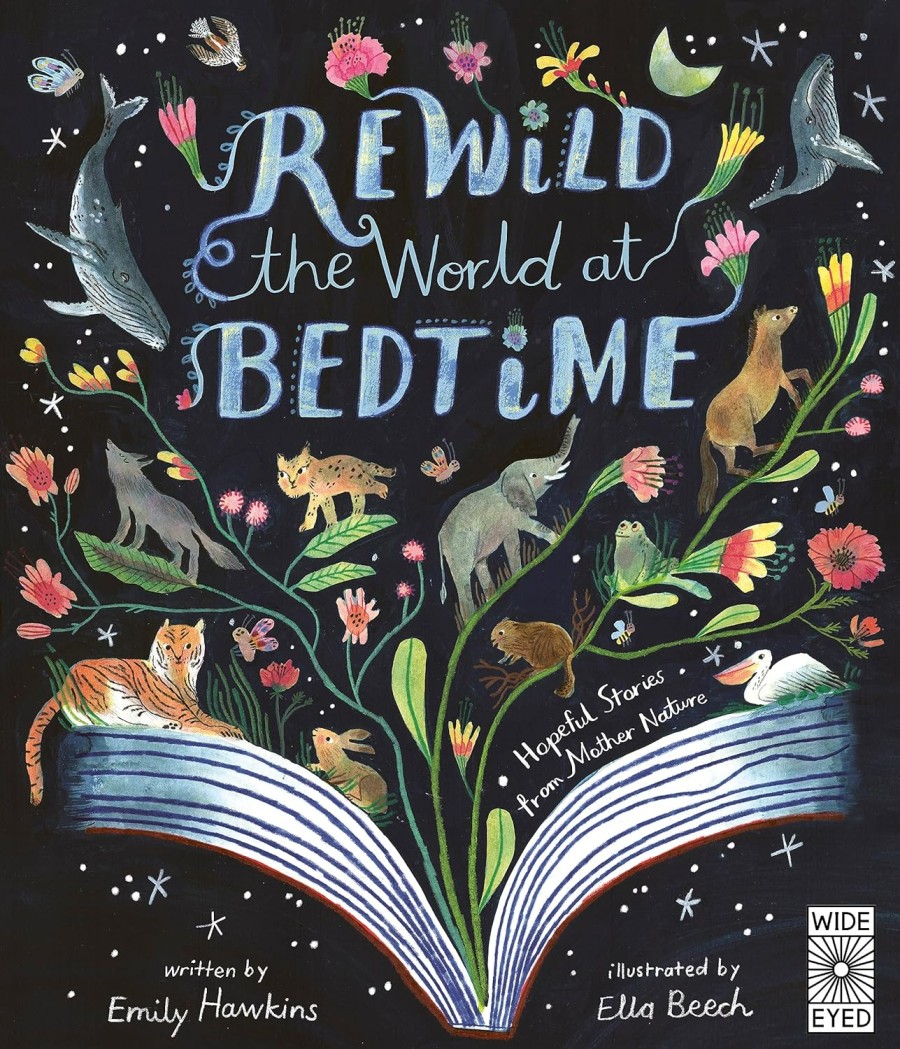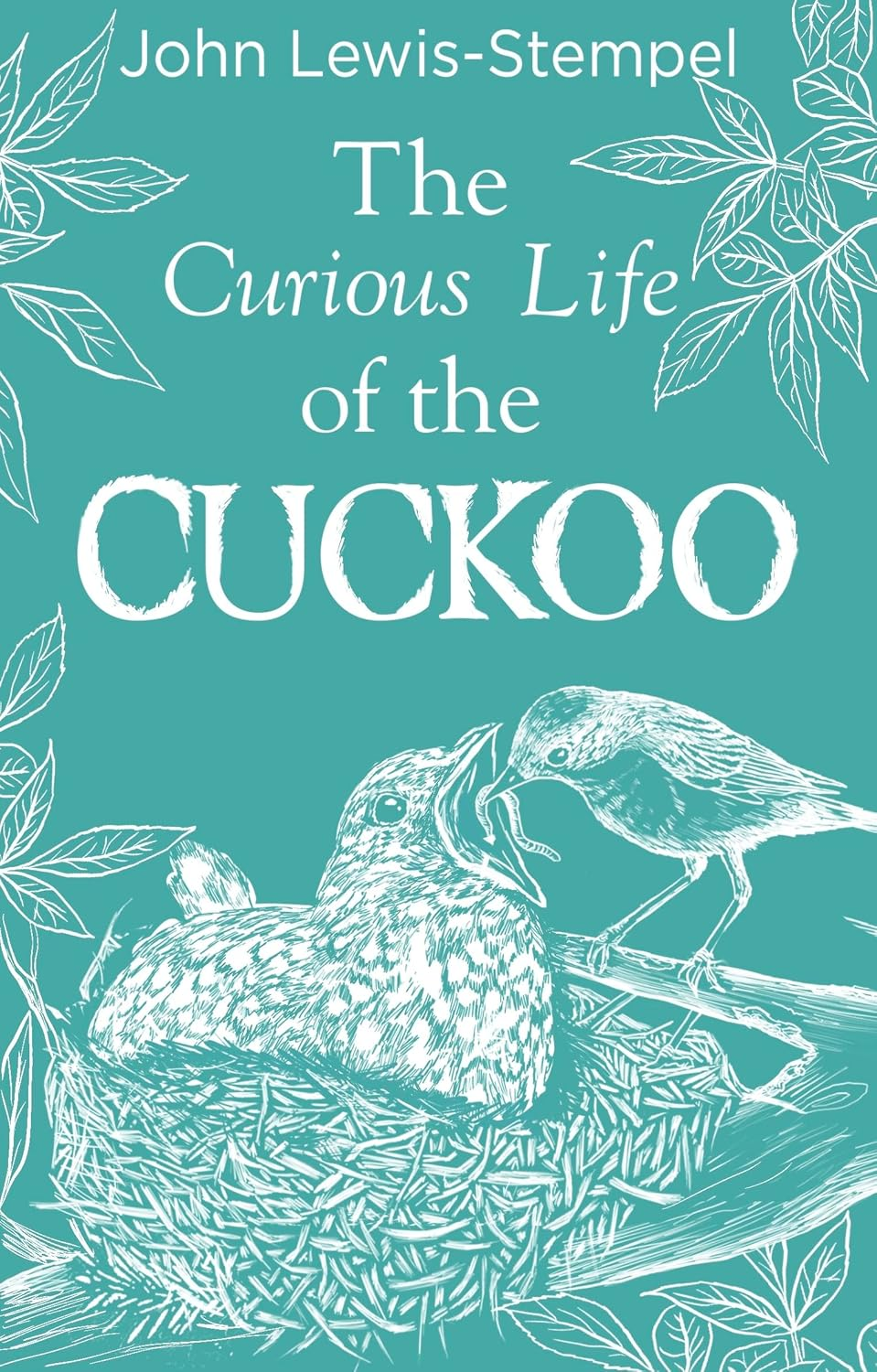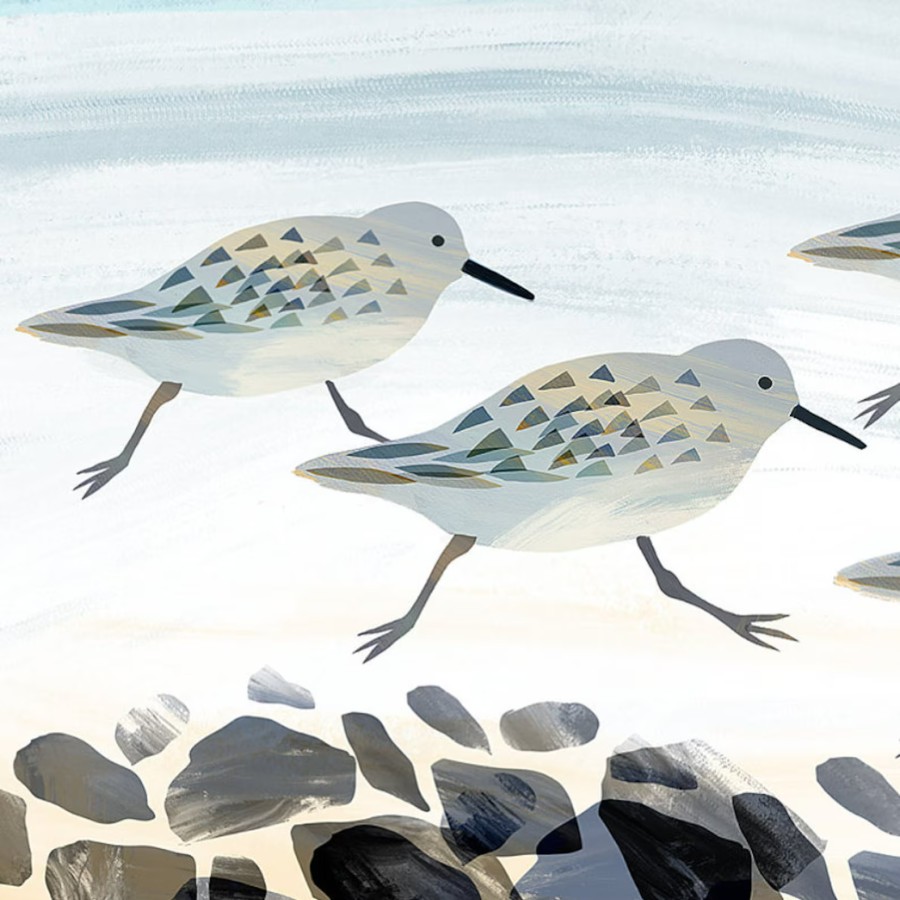Compassion for Crabs: Why They Matter

Crabs are super-cute creatures who walk sideways with their 10 legs, but are able to walk in all directions. They communicate by drumming and waving their pincers and have 360 degree vision, so can see in all directions.
Like other crustaceans, crabs have a central nervous system, which means they can feel pain, so don’t let those who sell or cook them tell you otherwise. It’s been proven that declawed crabs try to shield and nurse their wounds.
Ban Selling & Cooking of Live Crabs

Crustacean Compassion campaigns to stop the sale of live crustaceans in shops (and online retailers that send them to people’s homes). It also wants and end to non-trained people allowed to kill them (the only ‘humane death’ is with stunning equipment, that most people don’t own or know how to use). Sign the petition to ask the government to act.
It also wants an end to selling live creatures in tanks (it also campaigns to stop octopuses being eatne alive, and better welfare for squid (calamari) and cuttlefish )dried versions are often used to entertain budgies). Also read of reasons not to eat lobsters .
Surveys sound that all supermarkets (bar Marks & Spencer and Waitrose) have hardly any welfare policy for selling crustaceans. Even though by law, they are now recognised as sentient beings.
Hermit Crabs and the Cost of Litter
Hermit crabs rely on empty shells for homes. So today many are climbing into bottle tops and other rubbish. Volunteer beach cleans remove deadly litter, meaning hermit crabs and other coastal animals stay safe.
Many Crabs Get Hurt During Crabbing
Crabbing (catching live crabs in buckets to show children, then releasing them) is not as harmless as it sounds. Many suffer from over-crowding, poor water quality and long exposure to the sun, when out of the water.
Many also get injured or killed, and some are forgotten about and left behind. Teach your children about nature instead. And leave crabs in their watery homes.
If you want to learn more about crabs, read Life Between the Tides that teaches about the creatures that inhabit our shoreline.
Plant-Based Alternatives to Crab

If you like the taste of crab meat, there are plenty of plant-based alternatives! These vegan crab cakes (A Couple Cooks) use hearts of palm with old bay spice (multi-stemmed hearts of palm are more sustainable than single-stemmed – better yet sub with local canned artichokes).
Avoid seaweed for thyroid/iodine issues. Read more on food safety for people & pets (many human foods including onion, garlic, mushrooms and spices are unsafe near animals).
- Artichoke Crab Cakes (It Doesn’t Feel Like Chicken) are simple to make, and add a little nori seaweed, to make them tasty ‘fishy’.
- Look in stores for vegan crab cakes by Good Catch and The Plant-Based Seafood Company (both endorsed by top chefs). Recycle packaging at kerbside or supermarket bag bins.






